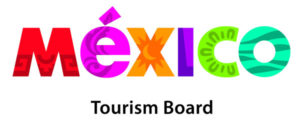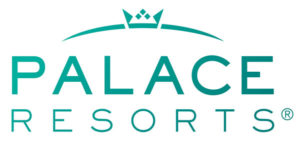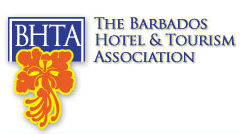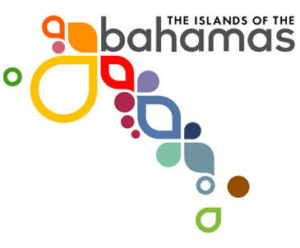There are a lot of examples of wedding planners having to wrangle clients who are very demanding and specific about what they want, no matter how unrealistic. But what about when your clients aren’t particularly clear on the direction they want?
Indecision can make your job as a wedding planner so much harder. While you might have a lot of suggestions, couples’ procrastination can be a recipe for disaster as well as frustrating for everyone involved. It’s important to take a few well-planned steps to inspire your clients to be more proactive.
Using Mood Boards
Often, the reason that clients can’t pinpoint what they want from their wedding is that they have trouble envisioning it. This isn’t necessarily a lack of imagination or creativity on their part. Rather, it can be challenging to connect the feeling they want their event to have with the physical components that can make it happen. One way you can help them join the dots is by using mood boards.
If you’re unfamiliar with the concept, mood boards are collections of images, text, and other objects that help to represent emotions or drive concepts. Boards can be physical objects, involving everything from photographs to fabric swatches, though many people are using digital versions that are easily editable and shareable. You can start by inviting the client to make multiple mood boards, each focusing on different feelings, colours, and even locations. You can then start to organize the materials, condensing these into a single mood board featuring the types of images and words the couple consistently uses across their previous boards.
From here, you can start to make suggestions for wedding elements that seem to fit with the visual and emotional moods the couple seems drawn to. For instance, if they post calm colours and images of oceans, you might suggest a relaxed beach wedding. Consistent images of fashion styles or costumes can open up conversations about the type of outfits couples might want for the wedding party. This can then lead to conversations about decor that compliments the colours and styles used. Your visual explorations can be key to crystalizing vague ideas.
Themed Brainstorming
Another route through client indecision is brainstorming. This is particularly useful if your clients have a few vague ideas, but aren’t entirely clear about how they could make each work in the context of their wedding. Brainstorming enables you and the couple to visualize trains of thoughts stemming from different themes or concepts, giving opportunities to fully explore their options before solidifying a plan to move forward.
How can you approach brainstorming with couples? Well, you can start by focusing on brainstorms based on specific elements of the wedding. These could be single words, such as “decoration” or “venue”, giving them the freedom to offer thoughts or preferences that you can keep building on together. From here, you can have discussions about which of the resulting ideas the couples like, find interesting, and want to explore further.
Digital brainstorming tools are a good option for engaging clients in the ideation process. These are often free to use and enable you and your clients to collaborate wherever each of you happens to be at the time. This is particularly important when everyone involved has busy lives, as users can contribute thoughts asynchronously and in line with their availability. You can often also colour code ideas for each participant, so everyone can clearly see what types of concepts consistently come from each participant. As a result, you’ll be able to offer options that combine and balance the preferences, needs, and creativity of both clients.
Visiting Venues
It’s not unusual for client procrastination to be rooted in having too many options at their disposal. Unlimited choice can be overwhelming, leading to the various possibilities just becoming noise in their heads. One way to help them overcome this while inspiring them to find what they want, is to show them what’s realistically possible on a series of venue visits.
Why is this effective? Well, each venue is likely to have certain limitations related to size, resource availability, and budget. It’s particularly good if you’ve discussed some options like potential decor or activities beforehand. At each venue, you can help them to better visualize how the options they’ve been discussing might work or not be practical in the space. Being in the physical environment also makes the situation a bit more real, rather than just a collection of hypotheticals. It prompts them to make realistic yet meaningful choices.
Additionally, this can be a way to spark new ideas. Seeing the light quality in different venues might help them to consider new colours or decorative concepts that work in the surroundings. Exploring the dining area can help them decide whether it’s appropriate to have a formal meal or a more casual buffet situation.
Conclusion
Inspiring clients out of cycles of procrastination helps to get a wedding back on track. This can include everything from collaborating on mood boards to exploring venue spaces, among other steps. In the end, the best you can do is help them make informed choices. By focusing on what makes the most memorable and meaningful day, you’ll all be on the right path to a great wedding.







Leave a Reply